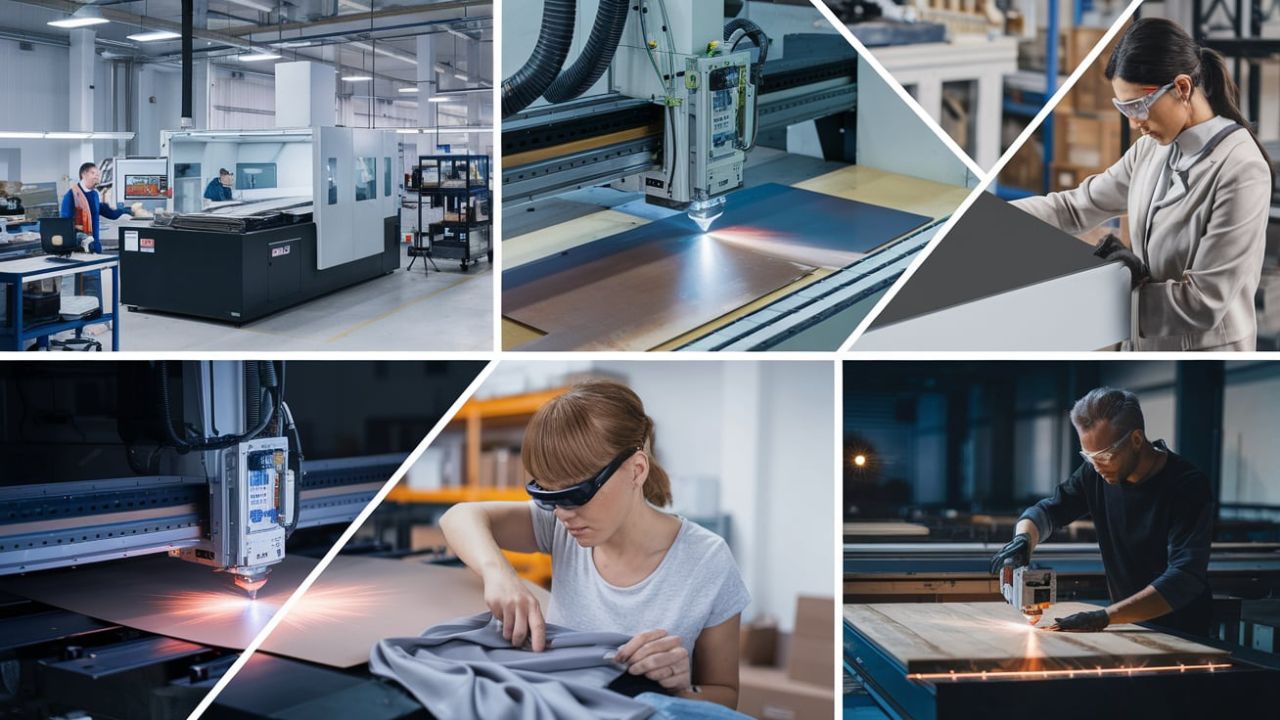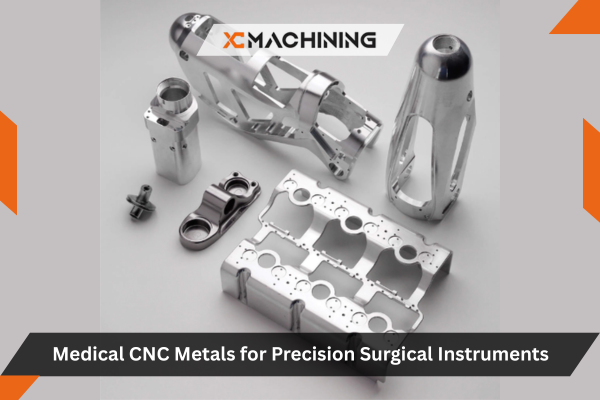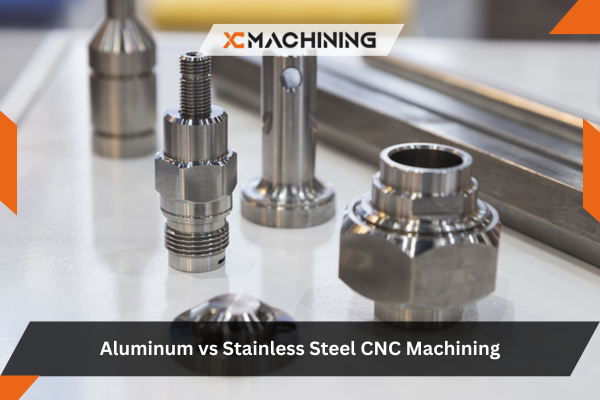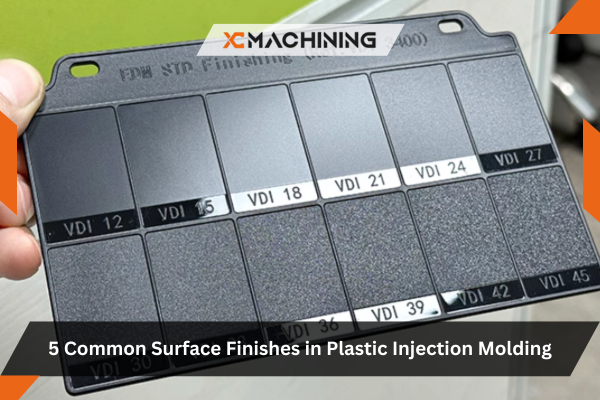Imagine you’re holding a thin piece of metal in your hand, and in the next moment, it’s sliced with incredible precision into two separate pieces—without a single blade touching it. Instead of a saw or knife, the cut was made with a laser. It’s mind-blowing, right? Laser cutting is becoming more and more common in different industries because it offers accuracy, speed, and versatility. Whether it’s for automotive parts, electronics, or even medical devices, lasers for cutting are changing the way things are made.
But how exactly do lasers work, and what industries use them? In this blog, we’ll take a deep dive into the many applications of lasers for cutting and explore how this technology is transforming various sectors. From the most well-known uses to some surprising ones, you’ll see how lasers are shaping the future of manufacturing and beyond.
What Is Lasers For Cutting?
Laser cutting is a process that uses a focused laser beam to cut through materials with extreme accuracy. The laser produces a concentrated beam of light that heats the material until it melts, burns, or vaporizes. The best part? The laser can create incredibly precise cuts without physically touching the material. It’s like using a superpower to cut through things!
The laser beam is controlled by a computer, making it perfect for creating designs that are too complex for traditional cutting methods. It can be used for metals, plastics, wood, ceramics, and even fabrics. If you need clean, smooth cuts, laser cutting is the way to go. It’s precise, quick, and reliable.
Lasers For Cutting in the Automotive Industry
The automotive industry is one of the biggest users of lasers for cutting. Car manufacturers need to cut through thick metal sheets to create body parts, frames, and various components. Traditional methods like punching or shearing can’t provide the same level of precision and speed as lasers.
Laser cutting is ideal for creating parts with intricate designs, such as body panels and engine components. The laser’s ability to cut through metals like steel and aluminum with high accuracy means fewer errors and a more efficient production process. It also helps save time, which is essential in an industry where speed matters.
What’s even more impressive? Lasers can cut both thin and thick materials, so they’re used for everything from delicate detailing to cutting through heavy-duty materials like steel frames.
Lasers for Cutting in the Aerospace Industry
In the aerospace industry, precision and reliability are non-negotiable. Aircraft parts, engines, and components need to be made with high accuracy to ensure safety and performance. This is where laser cutting shines.
Lasers for Cutting can be used to cut through tough metals like titanium and nickel alloys, which are commonly found in aircraft. Whether it’s making intricate holes in turbine blades or cutting large panels for an airplane’s fuselage, laser cutting helps aerospace manufacturers meet strict quality standards. The precision of lasers is essential to ensure each part fits together perfectly, keeping planes safe and efficient.
In fact, the high precision of laser cutting reduces the need for additional finishing work, saving both time and costs in aerospace manufacturing.
Medical Devices and medical Instruments
You might not think of lasers when it comes to healthcare, but laser cutting plays a vital role in manufacturing medical devices and surgical instruments. Surgeons rely on precise, sharp instruments, and manufacturers depend on lasers to create these tools.
Lasers for Cutting is used to make everything from surgical blades to implants. The beauty of using lasers for cutting medical devices is the ability to create parts that are incredibly detailed, with sharp edges and smooth finishes. Since the laser doesn’t touch the material, it also reduces the risk of contamination, which is crucial for medical tools.
Some specific examples of laser cutting in the medical field include:
- Scalpels and surgical blades: With lasers, the sharpness of the edge is perfect, and there’s less chance for the blade to dull.
- Implants: Laser cutting is used to cut, shape, and refine medical implants like joint replacements or dental implants.
The accuracy of laser cutting is especially important in these applications, where even the smallest imperfection could affect the performance of the product.
Laser Cutting in Electronics
The electronics industry is another sector where lasers for cutting are widely used. Electronics like smartphones, computers, and TVs have tiny parts that need to be cut with the utmost precision. From microchips to battery casings, laser cutting plays a crucial role in shaping these components.
One of the key benefits of laser cutting in electronics is its ability to work with extremely thin materials. The laser can make cuts in delicate, thin metals and plastics without damaging them. This is perfect for cutting parts like connectors, wires, and circuit boards.
Fact: Lasers for Cutting in electronics can create cuts as fine as 0.1 mm in width, which is perfect for components that require such fine detail.
By using lasers, manufacturers can create complex, precise designs that traditional methods would struggle with. The result is smaller, lighter, and more efficient devices.
Laser Cutting in the Fabric and Fashion Industry
When you think of laser cutting, you might picture machines slicing through metal or plastic, but did you know that lasers are used in the fabric and fashion industries too? Lasers for Cutting can cut through sheet metal fabrication with extreme precision, making them perfect for designing clothing, accessories, and even upholstery.
Laser cutting is great for:
- Intricate designs: Whether it’s lacework, embroidery, or decorative patterns, lasers can cut these designs into fabric quickly and without fraying the edges.
- Fabric patterns: In fashion, designers can use laser cutting to create exact patterns that can be repeated or used for custom designs. This eliminates the need for sewing or stitching, speeding up production time.
- Leather goods: Leather fashion items like bags and jackets are often cut with lasers to ensure clean, sharp edges.
The benefit of using lasers in fashion and textiles is the precision. Lasers can create detailed, delicate cuts that would be impossible to do by hand, making it an essential tool for the industry.
Laser Cutting in Jewelry Manufacturing
Jewelry designers have been using lasers for cutting for years, and it’s not hard to see why. Creating intricate patterns and detailed designs in precious metals requires a level of accuracy that traditional cutting tools can’t provide.
Lasers for Cutting are perfect for cutting through materials like gold, silver, and platinum. Jewelers use laser cutting to create complex shapes, engravings, and even tiny holes in their designs. The laser’s heat also seals the edges, preventing the metal from bending or warping, so each piece comes out perfect.
Whether it’s a delicate bracelet, a necklace with intricate engravings, or a custom-designed ring, laser cutting is used to bring jewelry ideas to life with minimal waste and maximum precision.
Laser Cutting for Signage and Graphics
Have you ever seen a beautifully cut sign made from wood, acrylic, or metal prototypes? That’s laser cutting at work. Whether it’s for retail stores, exhibitions, or even large billboard signs, lasers are used to cut out the materials into custom shapes and designs.
Lasers for Cutting helps graphic designers create signage with sharp, precise edges that look professional and polished. It also allows for cutting intricate details into materials like acrylic, wood, and plastic, which are common in the signage industry.
The advantages of laser cutting for signage are clear:
- It’s faster than traditional cutting methods.
- It can cut through a variety of materials.
- It allows for clean, smooth cuts without the need for extra finishing work.
This makes laser cutting a go-to method for creating high-quality signage and graphics.
Laser Cutting in the Food Industry
Yes, you read that right—lasers for cutting are even used in the food industry! Laser cutting can help cut through various food items with incredible precision. The high precision is important when cutting shapes or sizes for packaging or preparation.
For example:
- Packaging: Laser cutting can be used to create precise cuts in packaging materials, ensuring that food stays fresh and secure.
- Cake decoration: In bakeries, lasers can cut decorative patterns or logos into cakes, cookies, and other desserts.
- Food slicing: Some food processors use lasers to slice delicate items like meats, cheeses, and vegetables without crushing them.
While the use of Lasers for cutting in food cutting is still niche, it’s growing due to the precision, speed, and hygiene they offer in food production.
Fact: Laser cutting is 5 times faster than traditional cutting methods like sawing or punching. This speed is crucial in industries where efficiency is key.
Advantages of Laser Cutting Over Traditional Methods
Why is laser cutting so popular in industries like automotive, aerospace, and electronics? For one, it offers several advantages over traditional cutting methods.
Here’s why businesses love laser cutting:
- Speed: Laser cutting is faster than traditional methods. It can cut through materials quickly, which boosts productivity.
- Clean Cuts: Unlike mechanical cutting tools that can cause rough edges, lasers leave a smooth, polished finish.
- Flexibility: Lasers can cut through a wide range of materials, including metal, wood, plastics, and textiles.
- Precision: The level of accuracy you get with laser cutting is unmatched. Even the smallest designs can be cut with precision.
For manufacturers, this means fewer mistakes, less waste, and a quicker turnaround time.
Laser Cutting in the Construction Industry
Lasers for cutting is transforming the construction industry by offering a highly precise and efficient method for cutting and shaping materials. Builders and architects are increasingly turning to laser-cut materials for projects ranging from intricate decorative designs on building facades to structural components that need to meet exacting specifications. The versatility of laser cutting allows it to work with a variety of materials commonly used in construction, including metals, wood, and even stone.
One of the biggest advantages of laser cutting in construction is the ability to cut through tough materials like steel, which is commonly used for structural beams and supports. The precision of laser cutting ensures that parts fit together perfectly, reducing the likelihood of errors or adjustments during the assembly process. This accuracy helps save time and money, making construction projects faster and more cost-effective.
Future of Laser Cutting
The future of Lasers for cutting is incredibly exciting, with advancements in technology pushing the boundaries of what lasers can do. As laser cutting machines continue to evolve, they will become faster, more powerful, and even more precise. This progress is likely to expand the use of lasers into new industries and applications, revolutionizing manufacturing processes across the board.
Lasers for cutting is expected to play a pivotal role in the development of next-generation products, especially in fields like electric vehicles, renewable energy, and medical devices. For example, lasers will be crucial in producing lighter, stronger components for electric vehicles and creating efficient parts for solar panels and wind turbines.
Conclusion
Laser cutting is revolutionizing the way industries create parts and products. Whether it’s in automotive, aerospace, medical devices, or even the food industry, lasers for cutting are making manufacturing more efficient, precise, and faster. The ability to cut through various materials with such accuracy makes laser cutting a game-changer for many businesses.
So, what could laser cutting do for your industry? Could it be the next step in improving your manufacturing process? The possibilities are endless!
FAQs
What is laser cutting?
Laser cutting is a process where a high-powered laser beam is used to cut, melt, or vaporize material with extreme precision. It’s commonly used for metals, plastics, wood, and more. The laser’s heat allows for clean, smooth cuts without physical contact with the material.
What industries use laser cutting?
Many industries use laser cutting, including automotive, aerospace, medical, construction, fashion, electronics, and even jewelry. It’s perfect for industries that require precise cuts and high-speed production.
Why is laser cutting so popular?
Laser cutting is popular because it provides high precision, speed, and flexibility. It can handle various materials, create intricate designs, and is often more cost effective than traditional cutting methods.
What materials can lasers cut through?
Lasers can cut through a wide variety of materials, including metals, plastics, ceramics, wood, glass, leather, and textiles. This versatility makes laser cutting ideal for many industries.





